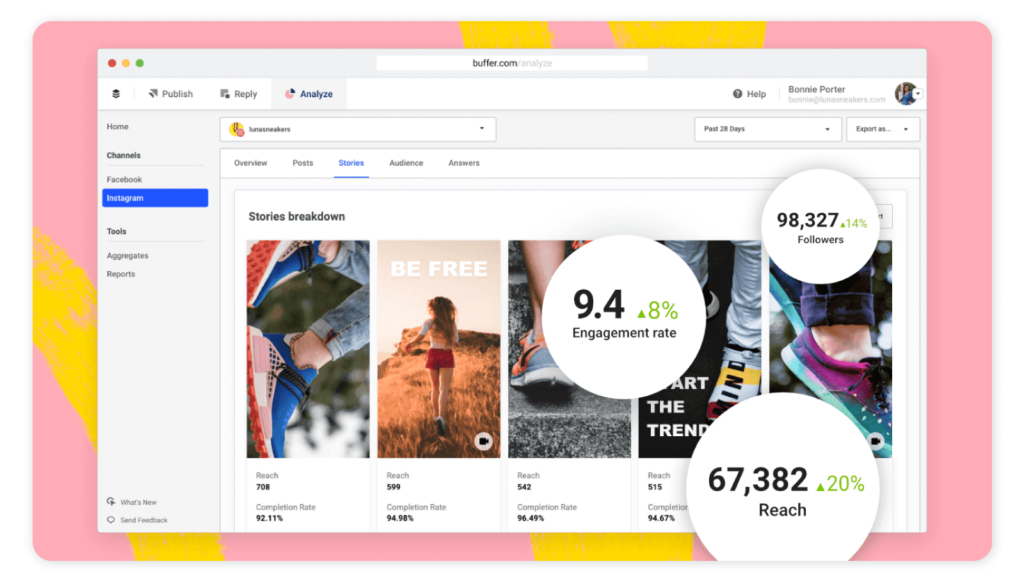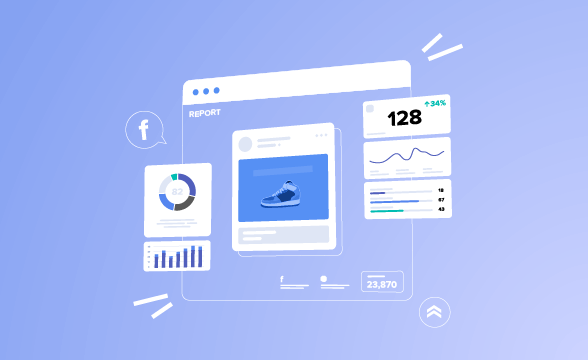In the digital age, understanding your audience is crucial for the success of any business or content strategy. Audience analytics tools offer valuable insights into user behavior, preferences, and interactions with your website or content. This article will delve into the world of audience analytics tools, their significance, and how businesses can leverage them to enhance their growth and engagement.
Audience Analytics Tools: Unveiling Insights for Business Growth and Engagement

Understanding Audience Analytics
Audience analytics is the process of gathering and analyzing data related to the behavior and characteristics of your target audience. These tools track user interactions, such as clicks, page views, time spent on a page, and conversion rates. They also provide demographic information, helping businesses understand their audience’s age, gender, location, and interests.
Importance of Audience Analytics
Audience analytics is a game-changer for businesses seeking to make data-driven decisions. By understanding customer behavior and preferences, companies can tailor their products, services, and marketing efforts to meet specific needs. It allows businesses to identify pain points and optimize user experiences, ultimately leading to higher customer satisfaction and retention.
Popular Audience Analytics Tools
1. Google Analytics
Google Analytics is one of the most widely used audience analytics tools. It offers a comprehensive suite of features to track website traffic, user engagement, and conversion rates. With Google Analytics, businesses can gain valuable insights into audience demographics, interests, and acquisition channels.
2. Kissmetrics
Kissmetrics is a powerful tool for tracking individual user behavior and interactions. It goes beyond basic website analytics and focuses on customer journeys. Kissmetrics enables businesses to create customized campaigns based on user actions and behavior patterns.
3. Mixpanel
Mixpanel is renowned for its real-time analytics capabilities. It allows businesses to track events, understand user actions, and analyze funnel conversion rates. Mixpanel’s user-centric approach helps companies identify areas for improvement in their products or services.
4. Hotjar
Hotjar is an exceptional tool for visualizing user behavior on a website. It provides heatmaps, session recordings, and user feedback, enabling businesses to see how users interact with specific elements on their sites. This data helps optimize web design and enhance user experience.
How to Choose the Right Social Analytics Tool
Selecting the appropriate audience analytics tool depends on various factors such as the size of your business, specific goals, and budget. Consider the following criteria when making your choice:
- Features: Look for tools that align with your specific analytics needs.
- Ease of Use: Choose a tool with a user-friendly interface that doesn’t require extensive technical knowledge.
- Integration: Ensure the tool can integrate seamlessly with your existing systems and platforms.
- Scalability: Opt for a tool that can grow with your business and handle increasing data volumes.
Leveraging Audience Analytics for Business Growth
Using audience analytics effectively can drive significant business growth. By analyzing user data, businesses can identify popular products or services, improve customer support, and identify potential upselling opportunities. Understanding customer preferences enables targeted marketing campaigns that lead to higher conversion rates and better ROI.
Using Audience Analytics for Content Strategy
Audience analytics plays a pivotal role in content creation and marketing. By knowing what content resonates with your audience, you can create more compelling blog posts, videos, or social media campaigns. Analytics can help identify content gaps and shape content strategies that cater to your audience’s interests and needs.
Privacy and Ethics
While audience analytics provides valuable insights, it also raises privacy and ethical concerns. Businesses must prioritize data protection and inform users about data collection practices. Striking the right balance between gathering data and respecting user privacy is critical to maintaining trust and transparency.
Future Trends
The field of audience analytics continues to evolve with advancements in technology. The future holds exciting possibilities, such as more sophisticated machine learning algorithms, predictive analytics, and enhanced data visualization. Businesses that embrace these innovations will have a competitive edge in understanding and serving their audience better.
Conclusion
Audience analytics tools have become indispensable for businesses seeking success in the digital landscape. From understanding customer behavior to refining content strategies, these tools offer valuable insights for growth and engagement. Embracing audience analytics can set businesses on a path to success by putting their audience at the heart of their decision-making process.
If you’re ready to take your business to the next level with powerful audience analytics, we invite you to request a demo from AIM Technologies. Discover how our cutting-edge analytics platform can revolutionize your understanding of your audience and supercharge your growth. Don’t miss this opportunity to gain a competitive edge in the digital world.
FAQs
1. Is Google Analytics free to use?
- Yes, Google Analytics offers a free version with basic features. However, there’s also a paid version with more advanced analytics capabilities.
2. Can audience analytics help improve website performance?
- Absolutely! Audience analytics can identify performance bottlenecks and areas for improvement on your website.
3. Are audience analytics tools GDPR compliant?
- Not all tools may be GDPR-compliant by default. It’s crucial to check each tool’s privacy and compliance policies before usage.
4. Can small businesses benefit from audience analytics tools?
- Yes, audience analytics tools are valuable for businesses of all sizes, including small and medium enterprises.
5. How often should I analyze audience data?
- The frequency of analysis depends on your business’s needs and objectives. The regular analysis is recommended to stay up-to-date with changing audience preferences.


